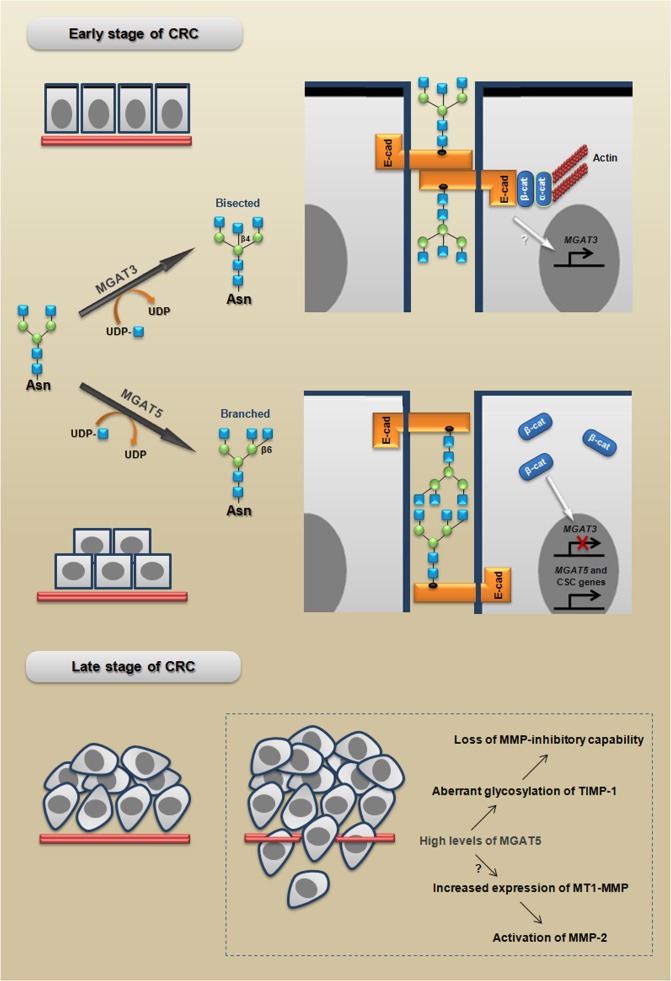Figure 5. MGAT3 and MGAT5 modulate cell behavior in early and late stages of CRC.
MGAT3 catalyzes the transfer of GlcNAc from UDP-GlcNAc to the core mannose in a β1,4 linkage, thus generating bisected N-glycans, which have been associated with a stable phenotype of E-cadherin-mediated cell-cell adhesion. Adherens junctions formation promote MGAT3 expression establishing a reciprocal mechanism. In turn, MGAT5 catalyzes the transfer of GlcNAc in a β1,6 linkage, generating branched N-glycans, which have been associated with: I) an unstable phenotype of adherens junctions; (II) the inhibition of MGAT3 induced by β-catenin; and (III) increased expression of CSC-related genes. MGAT5 increases also the malignant behavior through both loss of MMP-inhibitory capability and activation of MMP-2. The branched and bisected N-glycan scheme is adapted from [120].

